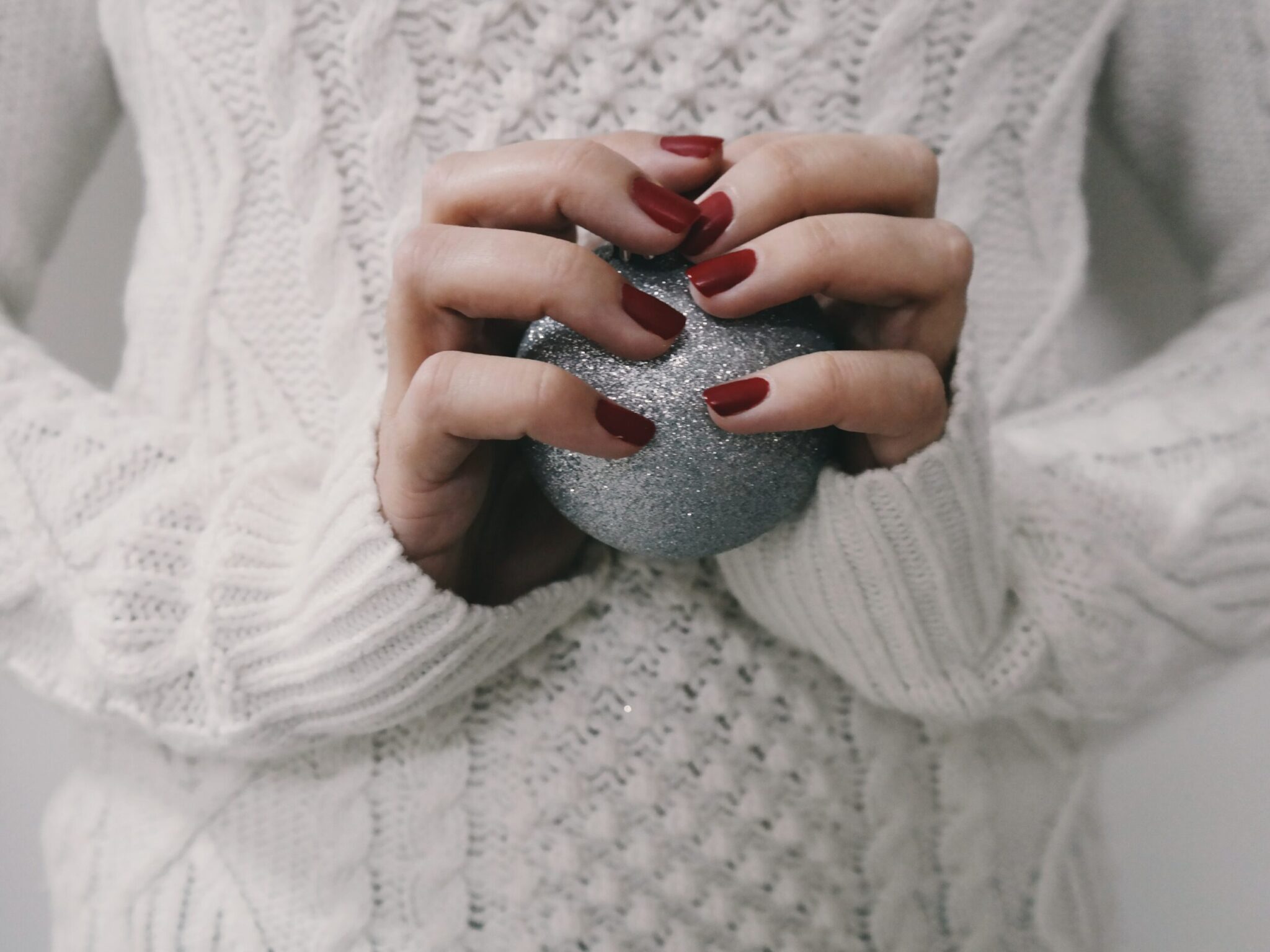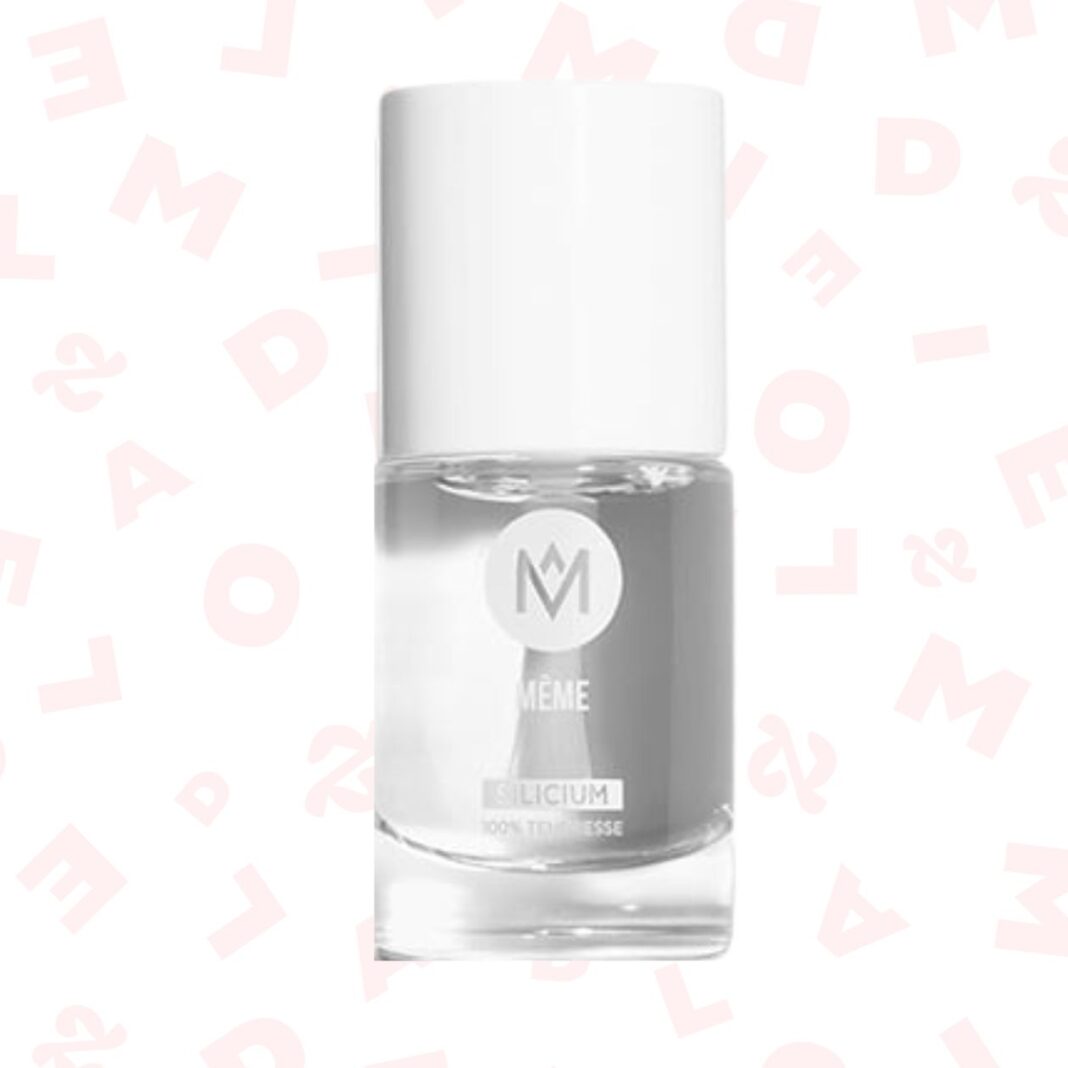The cold puts a strain on the body: the hair dries out and the skin loses its shine, tears and redness may appear. Result? You have to constantly adapt your beauty routine to compensate for the effects of lower temperatures and thermal shocks. And it’s not just the hair fiber and epidermis that are affected, even the manicure that we apply so much to achieve isn’t spared from the rigors of winter and its outfit is lousy. We’ll explain why and give you some tips to prolong its life even at 0°C.
Cold and nail polish don’t mix
Going back and forth between a hot, dry interior and a cold, wet exterior affects the longevity of your nail polish [ndlr en moyenne, une laque classique peut tenir sans s’écailler jusqu’à cinq jours, et ça passe à sept jours pour un produit longue tenue].
Dr. Dana Stern, a dermatologist specializing in nail pathologies, explains it to the magazine Refinery29 :
“Changes in temperature and humidity levels cause nail polish to expand and contract often, and it is this flow that ultimately causes it to lift, separate and flake. »
For this reason, the nails also tend to be more fragile, which increases the risk of breakage and splitting, conditions that do not favor an optimal seal of the enamel.

Nail polish doesn’t like water
In winter, influenza, bronchiolitis and gastroenteritis viruses circulate at high speed and the risk of contagion is high. To try to get into the cracks, health professionals recommend washing your hands several times a day with soap and water (the Ministry of Health and Prevention recommends rubbing for 30 seconds). But if this gesture is essential to protect yourself and others, it significantly reduces the life of the paint. Nails are very porous and absorb water, which can cause them to swell and change shape. These changes in the nail plate affect the adhesion of the lacquer, which can lead to cracking and premature peeling of the product.
How to prolong the hold of your manicure in winter?
There are a few tricks to try and gain a day or two off before needing to do your nails.
Don’t forget your base and top coat
The base and top coat are the guarantors of a long-lasting manicure, so it would be a shame to skip these two steps. The base acts as a barrier to protect the nail from the pigments of the varnish but also to smooth its surface and allow a very uniform application of the colour. The top coat, for its part, is the final touch that makes the nails shine and improves the hold of the two coats of lacquer. Together they create a sort of sandwich that coats the color and protects it so it lasts longer.


Exfoliate your nails
To limit the risk of duplication and streaks, which can affect the seal of the enamel, it is advisable to exfoliate the nails. Yes, it sounds strange, but by sweeping away the dead cells from the nail plate, we will allow the lacquer to adhere better, and therefore delay the appearance of chips and cracks.
Once a week we pass a cotton ball soaked in a glycolic acid lotion on the nails, not forgetting the cuticles, then moisturize with an oil or cream to nourish and soften the skin.

Front page image photo credit: Juliana Stein on Pexels
Source: Madmoizelle
Mary Crossley is an author at “The Fashion Vibes”. She is a seasoned journalist who is dedicated to delivering the latest news to her readers. With a keen sense of what’s important, Mary covers a wide range of topics, from politics to lifestyle and everything in between.




